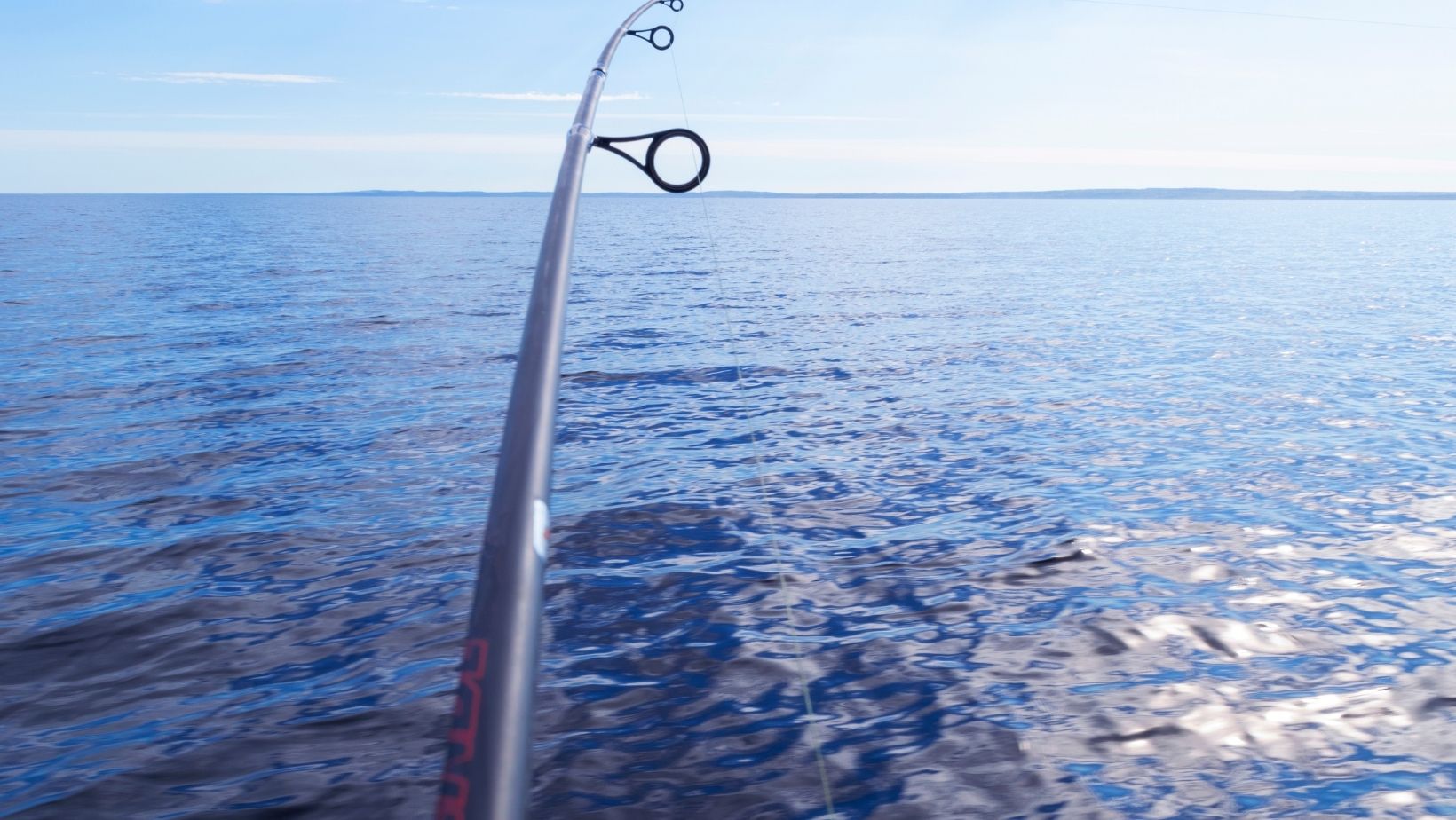Fishing isn’t just a pastime; it’s an art, a science, and for some, a way of life. And like any art, it requires the right tools. One such tool that can make or break your fishing experience is the rod you use. But not just any rod, we’re talking about the light fishing rod.
Light Fishing Rod

The material makes or breaks a rod’s potency. Commonly, light rods make use of graphite or fiberglass. Graphite rods, outnumbering their fiberglass counterparts by three-to-one, provide sensitivity, while the latter offers durability. When battling lightweight prey, sensitivity wins making graphite the material of choice.
Decomposing fishing rod action, it discloses how much the rod flexes along its length. Fast-action rods flex towards the tip allowing for longer casts and setting the hook with more power. Medium action rods flex more towards the middle and slow action rods bend almost across their full length, offering better lure control. Light fishing rods lean towards the fast side due to their focus on sensitivity.
Mastery over these elements awards you the power to handpick an ideal light fishing rod that cater to your angling requirements. The skillful choice in hand, fishing becomes a satisfying battle between you and the still waters.
Key Features to Look for Fishing Rods
 In the search for the perfect light fishing rod, certain features stand out. Apart from weight, it’s essential to think about aspects including material, length, and action. These factors combine to define the performance of the rod; hence, they deserve your attention.
In the search for the perfect light fishing rod, certain features stand out. Apart from weight, it’s essential to think about aspects including material, length, and action. These factors combine to define the performance of the rod; hence, they deserve your attention.
Predominantly, fishing rods are crafted from two materials: graphite and fiberglass. Graphite rods, light and stiff, provide a high level of sensitivity. Spotting a nibble becomes more readily achievable. On the other hand, fiberglass rods prove to be durable and relatively inexpensive. These rods are less sensitive than their graphite counterparts but can withstand significant strain, lessening the risk of snapping.
Length is a crucial consideration depending on where you plan to fish. Short rods (6 feet or less) enable better control, ideal for close quarter casting or for smaller fish. Long rods (7 feet or more) allow for longer casting distances, apt for water bodies like the ocean. Coming to action, rods range from slow to medium-fast to fast. Slow action rods bend closer to the base and are optimal for long casts with light baits. Fast action rods bend near the tip, making them great for heavy baits and short, powerful casts.
Popular Light Fishing Rod Models
 Starting with the Ugly Stik Elite Spinning Rod, it’s known for its superior sensitivity. This model provides high-quality construction with a fusion of graphite and fiberglass, ensuring durability without compromising flexibility. It’s clear tip design provides extra sensitivity, enabling you to detect subtle bites.
Starting with the Ugly Stik Elite Spinning Rod, it’s known for its superior sensitivity. This model provides high-quality construction with a fusion of graphite and fiberglass, ensuring durability without compromising flexibility. It’s clear tip design provides extra sensitivity, enabling you to detect subtle bites.
Next, consider the Shimano Solara 2-Piece Spinning Rod. Its robust aero glass blank construction offers high durability and sturdiness. Ideal for those who prefer portability, its two-piece assembly ensures easy transportation.
Delving into trout-specific rods, the Okuma Celilo Graphite Lightweight Trout rods rank highly. Their sensitive graphite blank construction and durable aluminum oxide guide inserts improve sensitivity, making fishing more doable and enjoyable.
Understanding Your Fishing Environment
It’s clear that choosing the right light fishing rod isn’t just about the rod itself. It’s about understanding your fishing environment and how it interacts with your personal preferences and target species. The Ugly Stik Elite, Shimano Solara, Okuma Celilo, and Cadence CR5 are all excellent choices, each with their own strengths. From sensitivity to durability, portability to comfort, these models have proven their worth in the hands of anglers. But remember, the best rod for you is the one that fits your style and needs. So get out there, start casting, and see what works best for you. After all, fishing isn’t just about the catch. It’s about the journey, the learning, and the joy of being one with nature.

